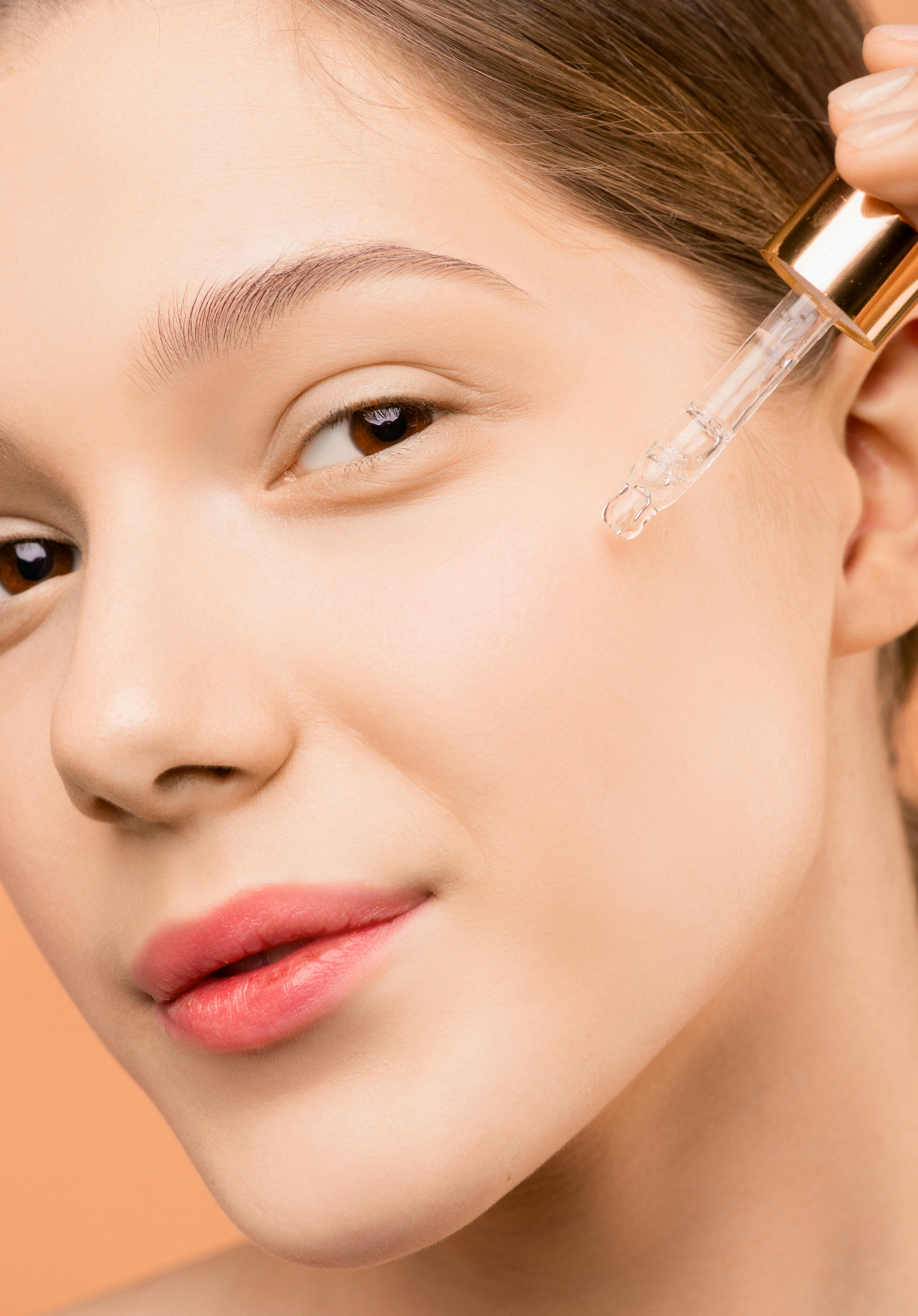How to layer active ingredients without irritating skin
Learn practical steps for layering active skincare ingredients safely. This guide covers order of application, compatible combinations, hydration and exfoliation strategies, and how to adapt a routine for sensitivity, antiaging goals, and daily sunscreen protection while keeping sustainability and scalp or makeup interactions in mind.

Layering active ingredients can improve results when done with attention to sequence, concentration, and skin tolerance. Start with a basic routine and add one active at a time so you can observe how your skin responds. Consider hydration and barrier support as foundational goals, and use patch tests and gradual frequency increases to reduce the risk of irritation while benefiting from serums, moisturizers, exfoliation, and sunscreen.
This article is for informational purposes only and should not be considered medical advice. Please consult a qualified healthcare professional for personalized guidance and treatment.
Which cleansers and exfoliation work together?
A gentle cleanser that preserves the skin’s acid mantle is a good base when you plan to layer acids or retinoids. Avoid overly alkaline or stripping cleansers before using leave-on chemical exfoliants like AHAs (glycolic, lactic) or BHAs (salicylic acid). Introduce exfoliation slowly—start once or twice weekly—and never combine multiple strong exfoliants on the same day. If you use an exfoliating scalp product, be careful to prevent transfer to facial skin. Physical scrubs are best avoided on days you apply potent chemical exfoliants to reduce barrier disruption.
How to combine serums and moisturizers?
Apply products from thinnest to thickest: water-based hydrating serums (hyaluronic acid) first, then targeted active serums (vitamin C, niacinamide, peptides), and finish with an emollient moisturizer to seal hydration. If a retinoid causes sensitivity, try the buffer method—apply moisturizer before or after the retinoid to dilute contact and lower irritation while maintaining efficacy. Pay attention to formulation compatibility and pH preferences: some vitamin C esters are stable at neutral pH, while ascorbic acid needs a lower pH to be effective.
Where does sunscreen fit in a routine?
Sunscreen is the final step in your morning routine and is essential after exfoliation or antiaging treatments to protect against UV damage. Use a broad-spectrum SPF and apply it after serums and moisturizers, allowing a short settling time to avoid pilling under makeup. Reapply as needed during sun exposure. If you wear makeup, let sunscreen absorb before applying primers or foundation so layers sit evenly. Sunscreen maintains the benefits of exfoliation and antioxidant serums by preventing sun-induced degradation and photoaging.
Can antiaging ingredients coexist?
Retinoids, peptides, and antioxidants each target different aging pathways and can be used in tandem with care. A common approach is vitamin C in the morning for antioxidant protection and a retinoid at night for cellular turnover. Peptides and growth-factor–supporting serums can be paired with either routine to support collagen production. If irritation arises, reduce retinoid frequency, lower concentration, or alternate nights. Always prioritize barrier repair—hydration and ceramide-containing moisturizers can mitigate side effects while preserving antiaging benefits.
How to consider scalp, haircare, and makeup?
Scalp and haircare products often include actives such as salicylic acid or antioxidants; avoid transferring these to facial skin to prevent unintended reactions. When using styling products, be mindful that heavy oils or occlusives can migrate and interact with facial layers, potentially affecting absorption. For makeup, apply after sunscreen and let products set to reduce pilling. From a sustainability perspective, choose multifunctional formulations where appropriate and prefer transparent ingredient lists to avoid unnecessary overlap of potent actives across haircare and skincare.
Troubleshooting irritation and building a routine
If irritation appears—redness, stinging, persistent peeling—simplify to a gentle cleanser, a hydrating serum (hyaluronic acid), and a barrier-repair moisturizer. Pause suspected actives and reintroduce them one at a time every two to four weeks to identify triggers. Patch test new items on a discreet area before full-face use. For ongoing issues, consult dermatology to evaluate ingredient concentrations, interactions, or prescription alternatives. A measured, patient approach helps maintain results while protecting skin health.
Conclusion Thoughtful layering—cleanse gently, apply from thin to thick, separate potentially conflicting actives, and protect with sunscreen—reduces the risk of irritation and supports long-term skin goals. Center hydrating and barrier-repairing steps, introduce one product at a time, and adjust frequency based on tolerance to preserve both short-term comfort and lasting benefits.





